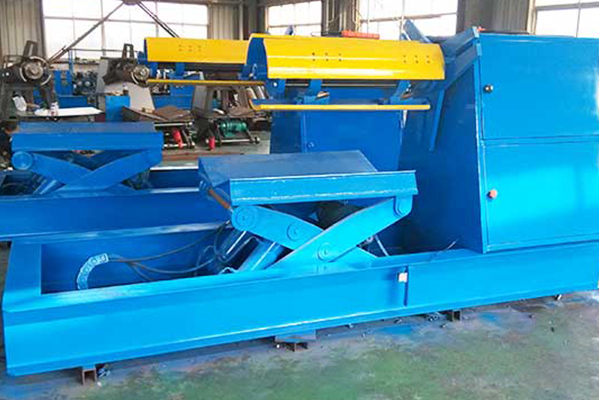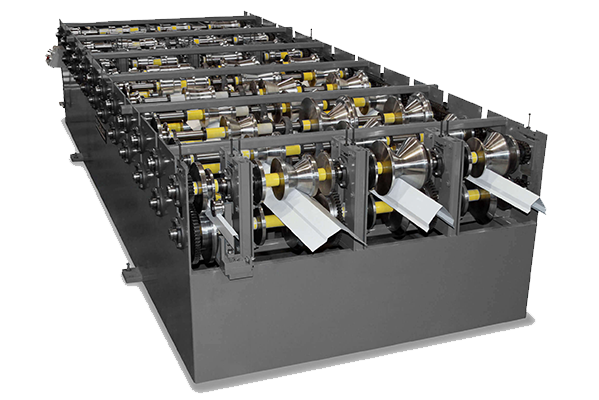Navigation Menu
Contact Us
- Email:
- info@wxavatar.com
- Address:
- Yurong Village, Yuqi Street, Huishan District, Wuxi, China.
Release Date:Nov 11, 2024 Visit:232 Source:ZCM Roll Forming Machine
In the dynamic world of manufacturing, technological advancements are continually shaping the landscape, enhancing efficiency, and pushing the boundaries of what is possible. Among these advancements, the evolution of roll forming machine technology stands out as a pivotal force in streamlining production processes and elevating the quality of metal fabrication.

Roll forming machines have been a staple in the metalworking industry for decades, transforming flat metal sheets into intricate shapes and profiles through a series of precision-engineered rolls. Traditional roll forming involved relatively straightforward processes, but recent technological advancements have introduced a level of sophistication and automation that has revolutionized the sector.
One of the most significant advancements in roll forming machine technology is the integration of advanced computer-aided design (CAD) and computer-aided manufacturing (CAM) systems. These systems enable manufacturers to design and simulate the roll forming process with remarkable accuracy, predicting material behavior and potential issues before they arise. This predictive capability allows for the optimization of roll designs and the refinement of manufacturing processes, resulting in reduced waste, shorter lead times, and increased productivity.
Automation has also played a crucial role in the advancement of roll forming machine technology. Modern roll forming lines are equipped with sophisticated sensors and robotic systems that monitor and control the entire process in real-time. These systems ensure that the material is fed accurately, the rolls are positioned correctly, and the formed product meets strict quality standards. By minimizing human intervention, automation reduces the risk of errors and inconsistencies, enhancing the overall precision and reliability of the manufacturing process.
Another notable advancement is the development of multi-axis roll forming machines. These machines offer greater flexibility and versatility, allowing manufacturers to produce a wider range of complex shapes and profiles. Multi-axis roll forming machines utilize a combination of vertical and horizontal rolls, as well as adjustable roll spacing, to achieve intricate forming sequences. This capability enables manufacturers to meet the diverse needs of their customers, from automotive components to architectural elements, with a level of precision and efficiency that was previously unattainable.
In addition to these technological advancements, manufacturers have also invested in the development of roll forming machines with enhanced energy efficiency and cost-effectiveness. By optimizing the mechanical and electrical components of the machines, manufacturers have been able to reduce energy consumption and extend the lifespan of the equipment. These improvements not only benefit the environment but also contribute to the overall economic sustainability of the manufacturing process.
The integration of these technological advancements has had a profound impact on the roll forming industry. Manufacturers are now able to produce high-quality products with shorter lead times and lower costs, making roll forming an increasingly attractive option for a wide range of applications. As the industry continues to evolve, we can expect to see further advancements in roll forming machine technology, driving even greater efficiency, precision, and flexibility in manufacturing processes.

In conclusion, the advancements in roll forming machine technology have streamlined manufacturing processes, enhancing the quality and efficiency of metal fabrication. By integrating CAD/CAM systems, automation, multi-axis capabilities, and energy-efficient designs, manufacturers have been able to meet the diverse needs of their customers while optimizing production processes. As these technologies continue to evolve, the future of roll forming looks increasingly promising, offering manufacturers new opportunities to innovate and compete in the global market.